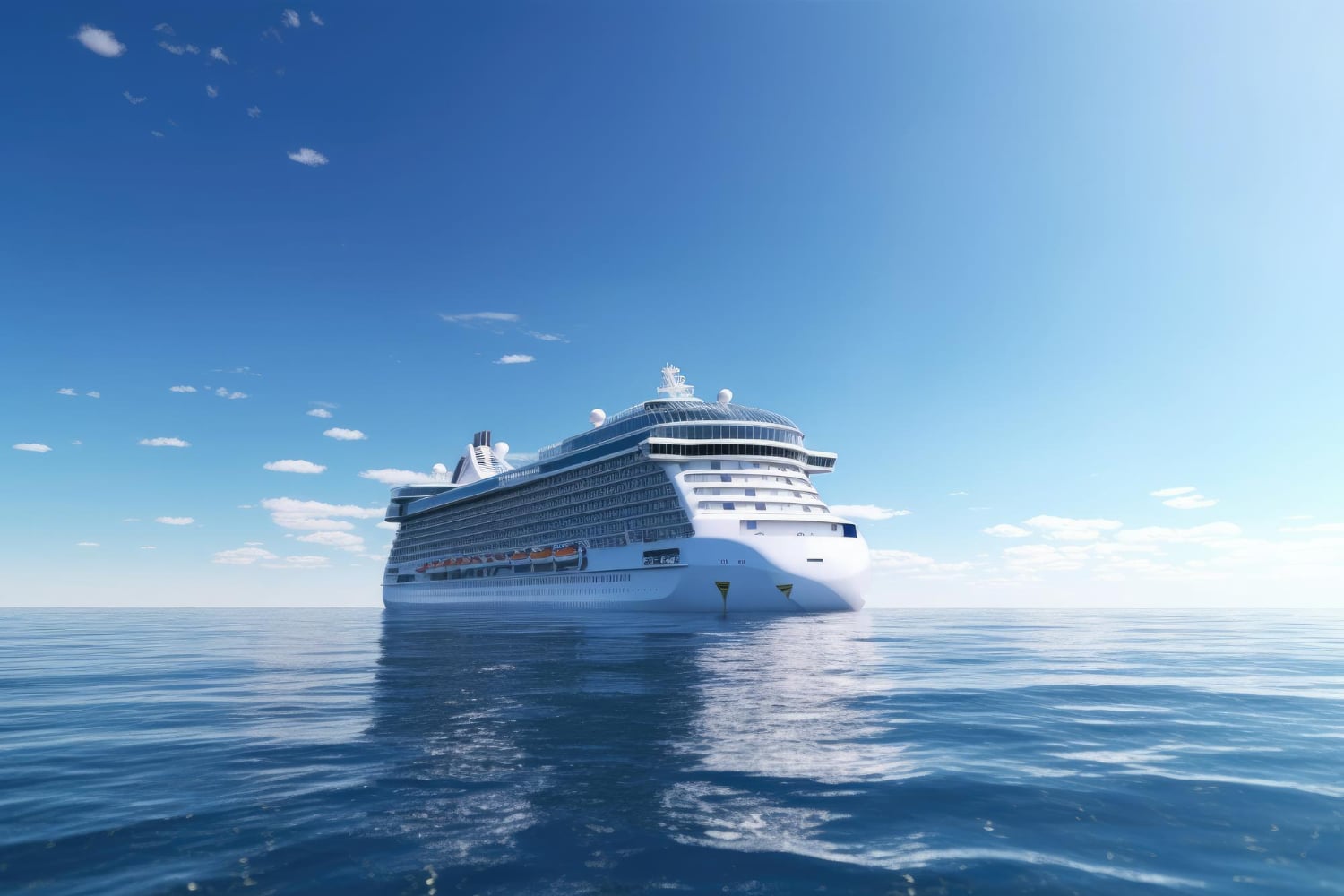
Avoiding Hidden Fees on Cruises
Cruise holidays promise excellent value — accommodation, entertainment, and multiple destinations wrapped into one sleek price tag. But dig beneath the surface, and you might discover that what looks like a budget-friendly escape can quickly become a surprise-laden expense sheet.
From sneaky service charges to not-so-optional extras, many travellers end up spending significantly more than planned. The good news? These hidden cruise costs aren’t inevitable — they’re avoidable, as long as you know what to watch for.
This guide will walk you through the most common cruise hidden fees, offer practical budgeting strategies, and help you make informed decisions onboard. Whether you’re new to cruising or just tired of those mystery charges, let’s ensure your next voyage is memorable for all the right reasons — not for the extra charges on your final bill.
The nature of hidden cruise fees
Hidden fees on cruises aren’t always deliberately deceptive — but they often come from a lack of transparency or assumptions about what’s included. Cruise lines advertise enticing base fares, but many of the experiences travellers expect (Wi-Fi, drinks, or excursions) often cost extra.
Key fee categories include:
- Mandatory service charges or gratuities
- Onboard purchases (drinks, dining, photos)
- Port and government taxes
- Convenience fees (like room service or ATM use)
- Post-cruise surprises (currency conversions, card holds)
Understanding these costs helps you plan realistically and avoid surprises when it’s time to settle your onboard account.
1. Automatic gratuities and service charges

Most cruise lines automatically add daily gratuities to your onboard account. These fees cover tips for housekeeping, dining room servers, and the behind-the-scenes crew.
Typical rates:
- £10–£18 per person, per day, depending on cruise line and cabin category
- Luxury suites may carry higher rates
- Some cruise lines allow prepayment before sailing — others don’t
These charges are rarely negotiable, although some lines permit adjustments at the customer service desk. Always read the fine print when booking.
If you’re also reviewing general fare structures, this breakdown of cruise pricing and what’s included can help you distinguish base value from billable extras.
2. Drinks that aren’t included
Most cruise fares cover tap water, basic tea and coffee, and sometimes juices at breakfast. But don’t assume all drinks are free.
Expect to pay extra for:
- Bottled water and soft drinks
- Speciality coffees and smoothies
- Alcoholic beverages
- Fresh juices outside the breakfast service
Drink packages can offer value if you’re planning to indulge. Compare à la carte prices versus package rates — and read inclusions carefully, as not all beverages are covered equally.
3. Wi-Fi and internet access

Wi-Fi at sea is no longer a luxury — it’s a standard expectation. But it rarely comes free.
Options vary from:
- Basic messaging plans (WhatsApp, iMessage)
- Surf packages for browsing and social media
- Premium tiers with streaming capabilities
Costs range from £5–£25 per day. Some cruise lines bundle Wi-Fi with their fares during promotions, so check offers before booking. Alternatively, plan digital detoxes during sea days to cut down on costs.
4. Port fees and government taxes
While often rolled into your fare, some budget cruise sites list these separately, leading to unexpected charges during checkout.
Port fees and taxes are imposed by each country or docking authority. They’re usually unavoidable and range between £50–£300+ per cruise, depending on the itinerary.
Always verify whether your advertised fare includes port fees — especially on third-party booking sites.
5. Excursions and port activities
Cruise lines offer convenient, curated excursions at each port — but they come at a cost.
Average prices:
- City walking tour: £30–£50
- Snorkelling or water sports: £60–£100
- Cultural or culinary excursions: £40–£90
- Private or exclusive experiences: £150–£400+
You’re not required to take ship-sponsored tours. Independent excursions or DIY port exploration can be more affordable — though you should always weigh the risk of missing the ship if not back in time.
Need help deciding between booking onboard or independently? Our deep dive into DIY vs cruise line excursions breaks it down.
6. Speciality dining and snacks
While main dining rooms and buffets are included, many cruise ships feature premium restaurants and snack bars for an additional fee.
What may cost extra:
- Steakhouse, sushi bar, or wine-paired chef’s table
- À la carte snack spots (e.g., gelato, crepes, burgers)
- Room service (some lines charge per order or per item)
Speciality dining can range from £15 to £60+ per person. Check if your ship includes dining packages, and don’t forget to factor in tipping at these venues.
7. Entertainment and onboard experiences
Most shows and live performances are included. However, certain experiences carry extra charges:
- Laser tag, escape rooms, or go-karts
- Behind-the-scenes ship tours
- Wine tastings or art auctions
- Cooking classes and craft workshops
Prices vary — and while these add fun to sea days, they can add up quickly. Budget in advance if you’re interested in these niche experiences.
8. Spa, salon, and wellness extras

Spa treatments onboard are indulgent — and expensive. You’ll typically find:
- Massages and facials: £80–£150
- Haircuts or styling: £30–£80
- Thermal suite day passes: £30–£50
- Fitness classes (yoga, spin, Pilates): £10–£25 per session
Many spa services also carry an automatic 18–20% gratuity, added at checkout. Look for port-day specials for reduced prices or complimentary upgrades.
9. Onboard shopping and souvenirs
Cruise shops sell everything from duty-free alcohol to designer jewellery and branded merchandise. These purchases aren’t hidden fees, but impulse buys can inflate your budget.
Common extras include:
- T-shirts and branded gear
- Cruise photos (typically £10–£25 each)
- Essentials like sunscreen or medicine
- Bingo cards or casino chips
Set a souvenir budget and stick to it — or wait until port for better prices on gifts and keepsakes.
10. Currency conversion and card holds
Paying in your home currency via onboard credit card transactions can trigger foreign transaction fees, depending on your bank.
Also, cruise lines place a daily hold on your debit or credit card, which may tie up funds during your trip. These holds are typically released after disembarkation, but they can surprise travellers unaware of the practice.
Check with your bank before sailing, and consider using a travel card with no foreign transaction fees.
Bonus: Post-cruise charges you may not expect
Some guests return home to unexpected costs:
- Roaming charges if phones weren’t set to aeroplane mode
- Currency conversion discrepancies
- Missed cancellation windows for services booked onboard
Avoid these by reviewing your ship account on the last night and settling queries before disembarking.
Smart strategies to avoid hidden cruise charges
Knowing what to expect is half the battle. Here are proactive steps to avoid surprise expenses:
- Prepay gratuities and packages during booking
- Set a daily onboard spend limit via the cruise line app or guest services
- Download cruise apps for real-time account tracking
- Attend embarkation day sales briefings (but avoid hard sells)
- Limit extras per sea day — e.g., one cocktail, one speciality event
- Read the fine print on promotions and booking offers
- Review your onboard bill daily to catch issues early
Conclusion: Budget awareness is the best onboard upgrade
Cruising can absolutely be one of the best-value holidays around — if you know how to navigate the fine print. While it’s true that hidden fees can catch unprepared travellers off guard, informed planning turns those hidden costs into manageable choices.
By learning where cruise lines typically add charges, you empower yourself to spend where it matters and skip where it doesn’t. Whether you’re sipping champagne on a formal night or quietly journaling on a sun deck, it helps to know every penny has purpose.
So the next time you spot a tempting cruise fare, don’t just look at the headline number. Peek behind the curtain. Ask the right questions. And pack your financial savvy along with your swimsuit — because there’s nothing more satisfying than a holiday that’s as stress-free on your wallet as it is on your soul.


